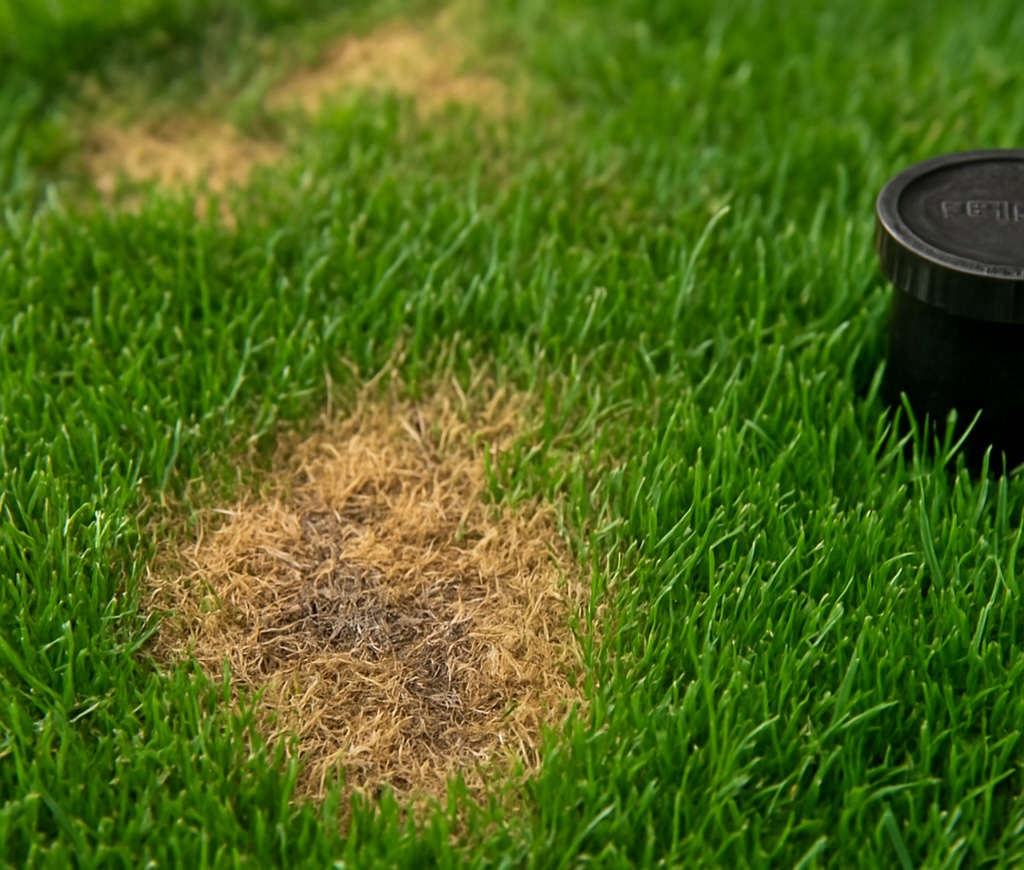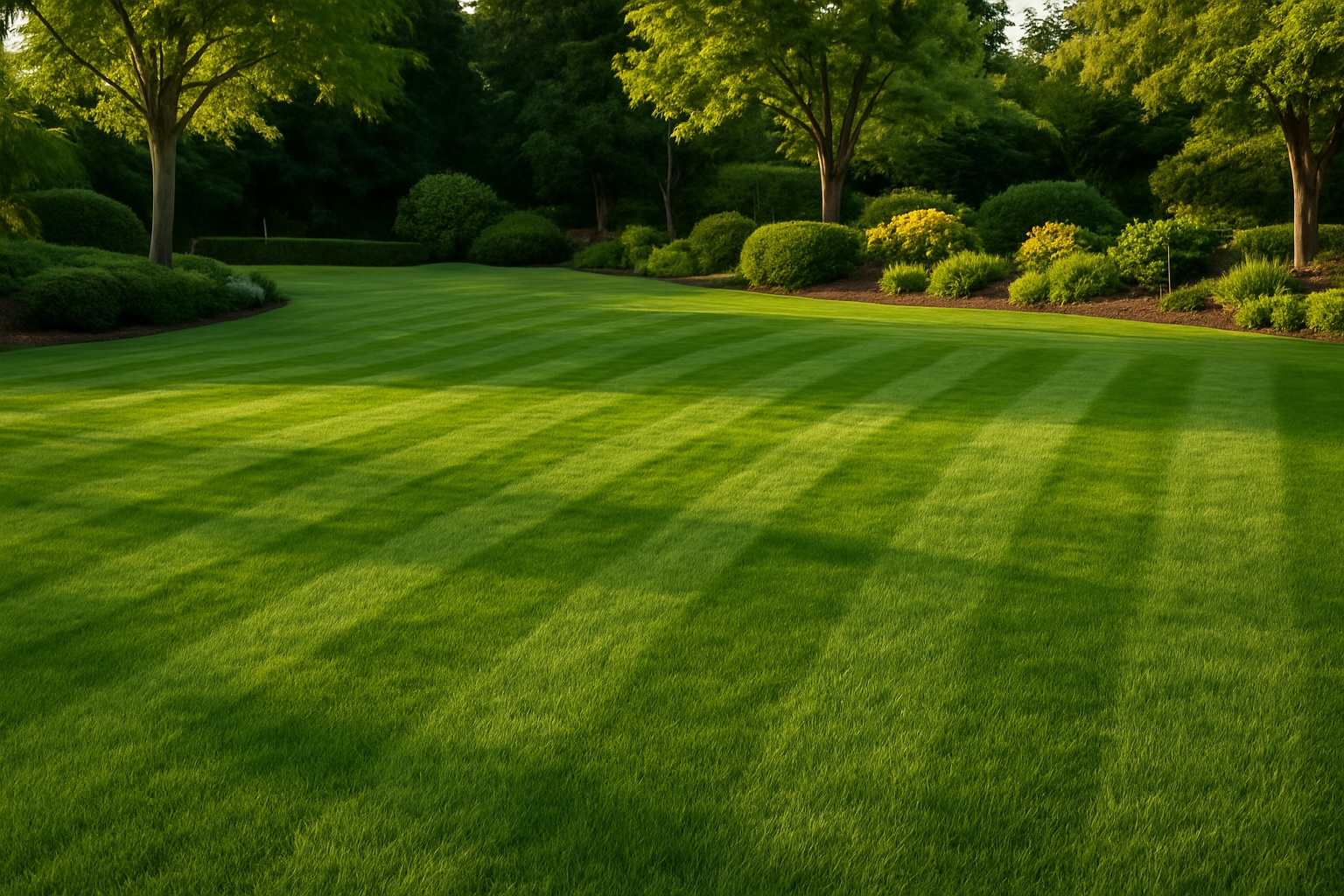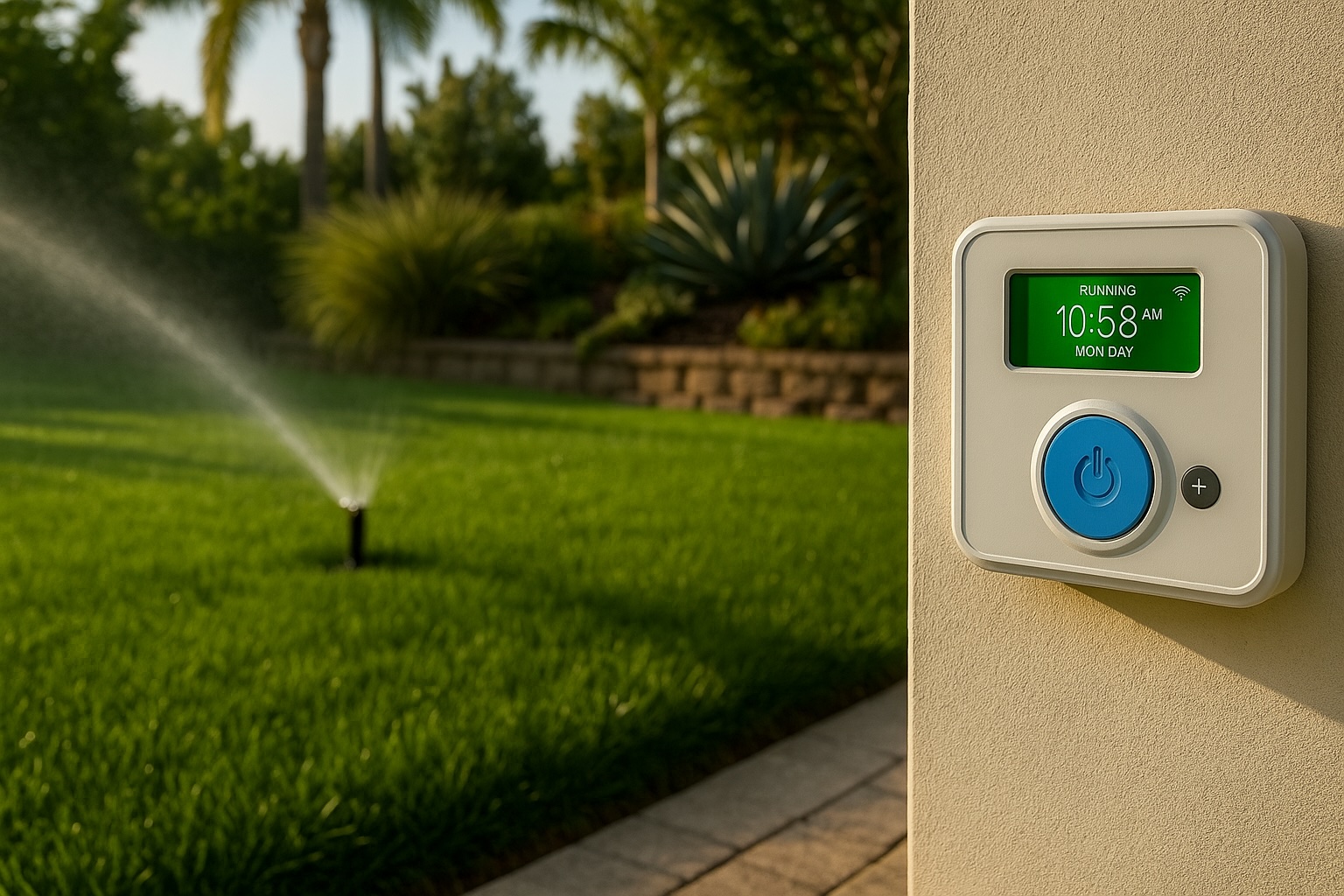Springtime in Atlanta brings a welcome break from winter’s chill, but it also signals the start of lawn care season. As the weather warms up, Atlanta homeowners must deal with the challenges that come with maintaining a lush, healthy lawn. One of the most common hurdles in spring lawn care is managing fungal diseases. Fungi thrive in moist, cool conditions and can wreak havoc on your lawn, especially after heavy rainfall or in areas with poor drainage. In this article, we’ll guide you through the types of fungal diseases commonly found in Atlanta lawns, how to prevent them, and the best treatment options to restore your yard to its full glory.

Common Fungal Lawn Diseases in Atlanta
Several fungal diseases are prevalent in Atlanta lawns, especially during the spring. Identifying these diseases early can help you prevent their spread and minimize the damage they cause. The most common fungal diseases to watch out for include:
1. Brown Patch
Brown patch is one of the most notorious lawn diseases, especially in cool-season grasses like fescue, which is common in Atlanta. Symptoms include circular patches of dead grass with a brownish or straw-colored appearance. Brown patch typically thrives in the early morning when the lawn is still wet from dew or overnight rain.
Causes:
- High humidity and wet conditions.
- Poor air circulation in the lawn.
- Over-fertilizing with high-nitrogen fertilizers.
Prevention:
- Aerate the lawn to improve air circulation.
- Avoid over-watering and water deeply but infrequently.
- Use fungicide if the disease has already appeared.
2. Dollar Spot
Dollar spot is a common problem in Atlanta lawns, especially during the spring and summer months. This disease creates small, sunken patches of dead grass that resemble silver dollar-sized spots. While dollar spot is primarily a cosmetic issue, if left untreated, it can severely weaken your lawn.
Causes:
- Nitrogen deficiency in the soil.
- Poor soil drainage.
- Over-watering during high humidity.
Prevention:
- Ensure proper fertilization and balance nutrients.
- Water early in the morning to allow the lawn to dry out by evening.
- Regularly mow your lawn to remove infected grass.
3. Red Thread
Red thread is another fungal disease that affects cool-season grasses in Atlanta, particularly fescue. It’s characterized by small, reddish or pinkish threads protruding from the grass blades. While it doesn’t cause significant long-term damage, it can create an unsightly appearance in your lawn.
Causes:
- Nitrogen deficiency.
- Poor soil conditions and inadequate nutrients.
Prevention:
- Fertilize your lawn with a balanced, slow-release fertilizer.
- Water your lawn deeply and regularly to maintain healthy grass roots.
4. Pythium Blight
Pythium blight is a serious disease that can kill large patches of grass in a short period of time. It’s especially common during periods of high heat and humidity, making it a significant concern in the summer months in Atlanta. Symptoms include wilting grass, large water-soaked patches, and a foul odor.
Causes:
- Over-watering or poor drainage.
- High humidity and wet conditions.
- High nighttime temperatures.
Prevention:
- Improve lawn drainage through aeration.
- Avoid watering in the evening.
- Use fungicides to treat the affected areas.
How to Prevent Fungal Diseases in Your Lawn
Preventing fungal diseases in your lawn is much easier than treating them after they’ve taken hold. The key to prevention is proper lawn care practices, including correct watering, mowing, and fertilizing techniques.
Proper Watering Techniques
One of the most important aspects of lawn care is watering. Over-watering can create the perfect environment for fungal growth, while underwatering stresses the grass, making it more susceptible to diseases. Here are some water-wise tips for preventing fungal issues:
- Water early in the morning to allow the grass to dry before evening, reducing the risk of fungal growth.
- Water deeply but infrequently—aim for 1-1.5 inches of water per week, including rainfall.
- Avoid wetting the leaves—water the soil directly using a drip irrigation or soaker hoses.
Mowing and Lawn Care Best Practices
Proper mowing is another critical factor in fungal disease prevention. Mowing too short can stress the grass and promote the growth of weeds and diseases. To maintain a healthy lawn:
- Mow at the correct height—for fescue, keep the grass height around 2.5-3 inches.
- Sharpen your mower blades regularly to ensure clean cuts.
- Don’t mow when the grass is wet to avoid spreading spores and pathogens.
Fertilizing Correctly
Fertilizing your lawn with the right nutrients is vital to preventing fungal diseases. Fungal pathogens often take hold in stressed lawns, so providing the right balance of nutrients helps keep your grass strong and resilient. Here’s how to fertilize your lawn properly:
- Use a balanced fertilizer with equal parts nitrogen, phosphorus, and potassium.
- Avoid over-fertilizing with high-nitrogen fertilizers, as this can encourage rapid growth that weakens the grass.
- Aerate your lawn annually to improve nutrient uptake and reduce compaction.
How to Treat Fungal Diseases in Your Lawn
If you spot fungal diseases in your lawn, timely treatment is essential to stop the infection from spreading. Depending on the severity of the disease, you can choose from organic treatments or chemical fungicides.
Organic Treatment Options
If you prefer a natural approach, several organic fungicides can help control lawn fungi without harmful chemicals. Look for products containing ingredients like:
- Neem oil—a natural fungicide that also acts as an insect repellent.
- Baking soda—mix with water and spray directly on the infected grass.
- Sulfur-based products—effective for controlling brown patch and dollar spot.
Chemical Fungicides: When and How to Use Them
In more severe cases, you may need to apply chemical fungicides. Follow these guidelines:
- Apply at the first sign of infection—fungicides are most effective when applied early.
- Choose a broad-spectrum fungicide designed for lawn diseases like brown patch and dollar spot.
- Follow the manufacturer’s instructions carefully to avoid damage to your lawn or the environment.
When to Reseed or Repair Damaged Turf
If fungal diseases have left large patches of dead grass, reseeding may be necessary. Here’s how to repair your lawn:
- Reseed with disease-resistant grass varieties, like fescue or Bermuda.
- Prepare the soil by aerating the affected areas before reseeding.
- Fertilize and water properly to help new grass grow strong and healthy.
Conclusion
Spring lawn care in Atlanta is essential to keeping your yard looking beautiful and healthy. Managing fungal diseases like brown patch, dollar spot, and red thread is key to preventing damage and ensuring your lawn thrives throughout the season. By following proper lawn care practices, using effective treatment methods, and staying vigilant for early signs of infection, you can enjoy a lush, green lawn all spring long.



